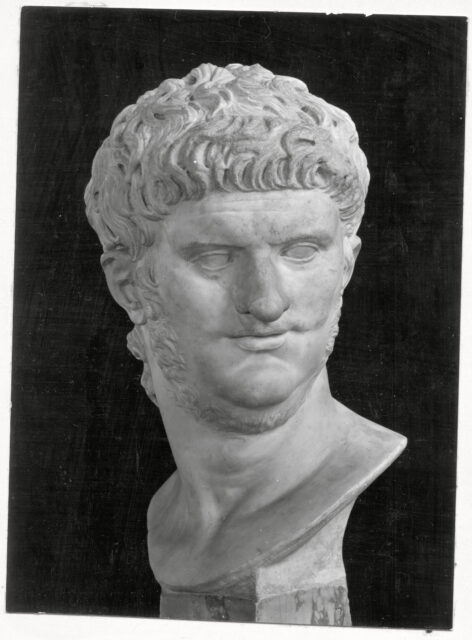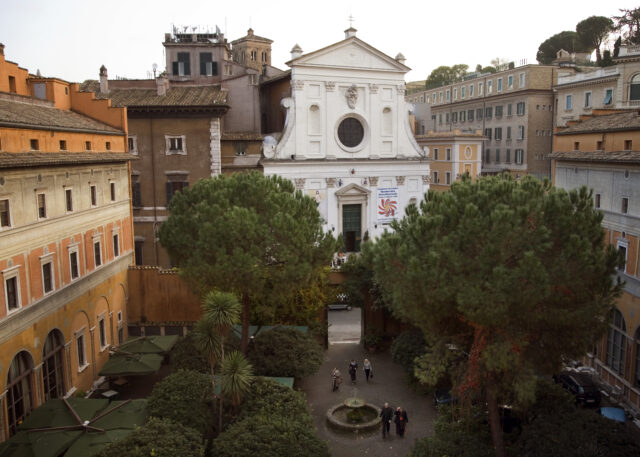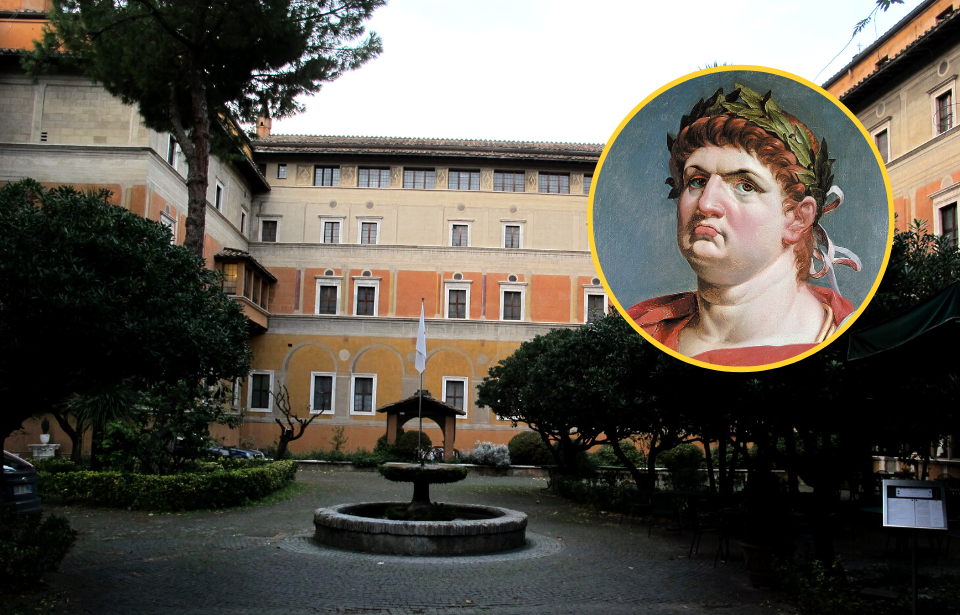Archaeologists believe they have finally found Nero’s missing theatre. For centuries, the location of the famous venue has been a mystery, but recent development in Rome’s hospitality and tourism infrastructure has unveiled what appears to be the lost theatre. The finding has been described as an “exceptionally important discovery,” but construction will continue when all studies have been completed.
Nero was a fan of the arts

Nero reigned as the fifth emperor of Rome from 54 to 68 AD, and his rule has not been remembered pleasantly. He is believed to have had an intimate relationship with his mother, only to go on and have her murdered. He also killed two of his wives and is even rumored to have played the fiddle – or another instrument – during the burning of Rome in 64 AD, for which he is also blamed.
While he is remembered as one of the worst tyrants in Roman history, there was more to Nero than just his atrocities. He was also a massive supporter of the arts. So much, in fact, that he had a theatre erected in the first century for imperial performances to take place. There, he put on public performances where he would play musical instruments or recite poetry for audiences.
The theatre has been widely described throughout ancient Roman texts, and Pliny the Elder even went so far as to suggest that its location was near the Tiber River. However, over time, its location became elusive, plunging the theatre into mystery.
An ‘exceptional’ discovery
The ruins of the long-lost imperial theatre of Roman emperor Nero have been found under the garden of a hotel in Rome, according to archaeologists https://t.co/O7BaYN2pCA (via @abcnews)
— ABC Australia (@ABCaustralia) July 28, 2023
Excavations of the site began in 2020 when construction began on a Four Seasons hotel. Located underneath the walled garden of the Palazzo della Rovere, the archaeological site turned up some impressive findings. “It is a superb dig, one that every archaeologist dreams of,” said Marzia Di Mento, the chief archaeologist. “Being able to dig in this built-up, historically rich area is so rare.”
There were several curiosities found at the site, including seven 10th-century colored glass chalices. These are exceptionally rare, as there were only seven similar chalices of the same time period discovered before this. Along with these, segments of bone tools, clay pots and urns, cooking vessels, coins, combs, and various musical instruments were found.
While the removable artifacts are impressive, it’s the ruins of what was there before that are truly remarkable. Archaeologists found marble columns and plaster decorated in gold leaf, which is the clue that led them to believe they had found Nero’s theatre. Pliny the Elder described columns and filigree almost exactly like this, and in combination with the site’s location, experts are near-positive that the site is the missing theatre.
Construction on the hotel will continue as planned

Despite the archaeological findings, plans for construction of the Four Seasons hotel will continue. It is slotted to be opened in 2025, just in time for the Vatican’s jubilee that year. An ancient Vatican chivalric order will continue to lease the space out to the hotel in order to raise money for Christians in the Holy Land. The jubilee is expected to bring in an estimated 30 million visitors and pilgrims to Rome, so the space is highly needed.
More from us: The Mysterious Way the Dead Were Mummified In Italy
Archaeologists have assured the public that all removable artifacts will be moved and put on display to add to the “city-run public databank to add to the wealth of information gathered over the years on life in Rome throughout the centuries.” Then, once all necessary excavations have wrapped up, the site will be re-buried.
